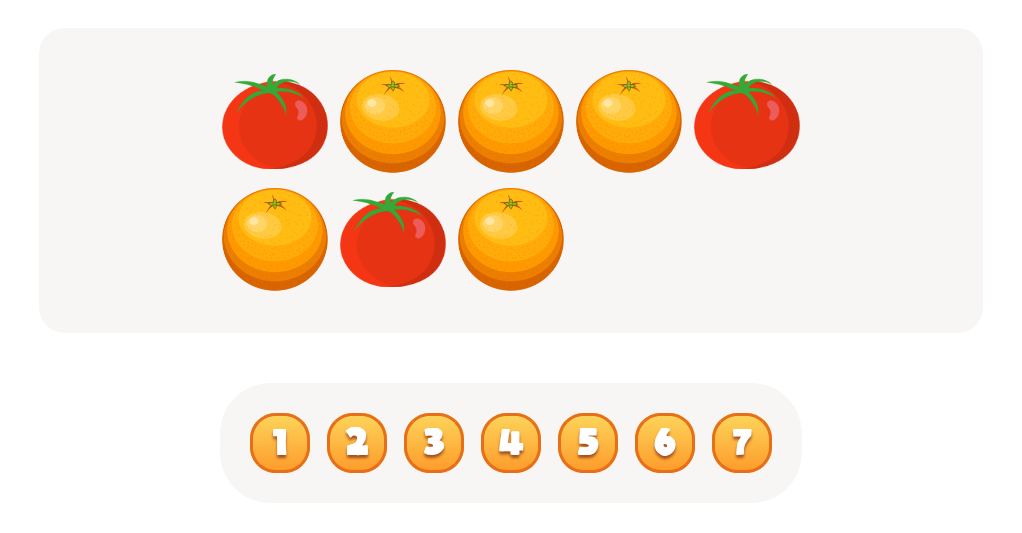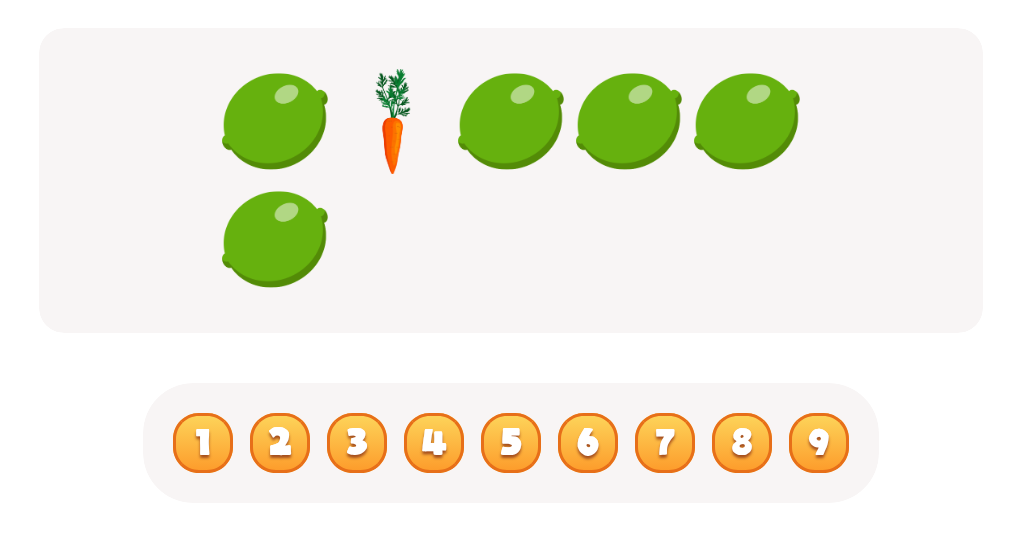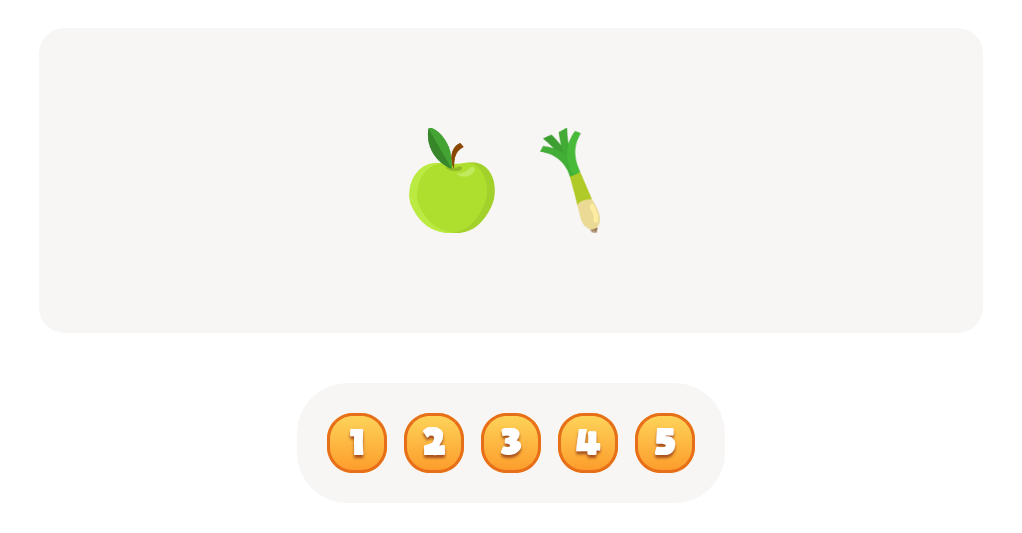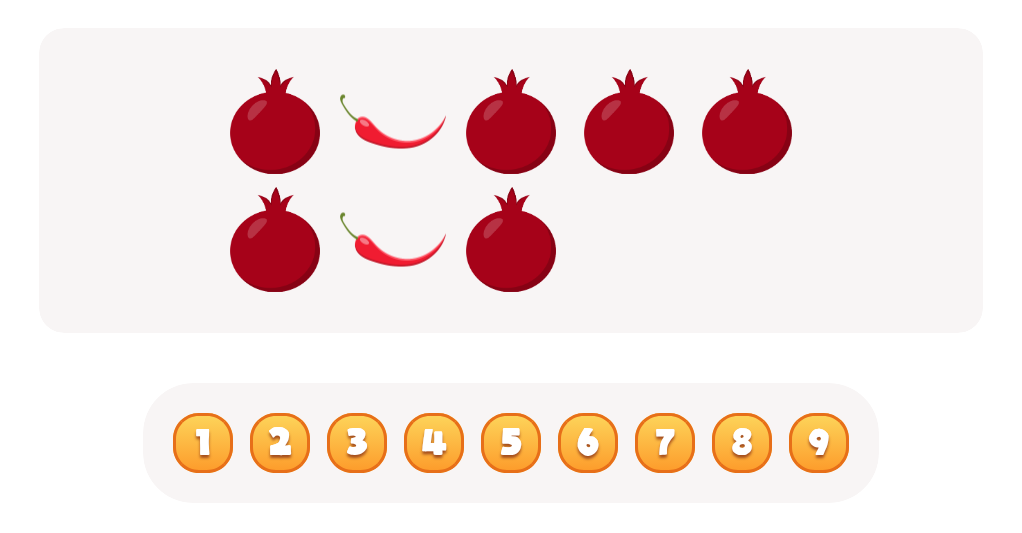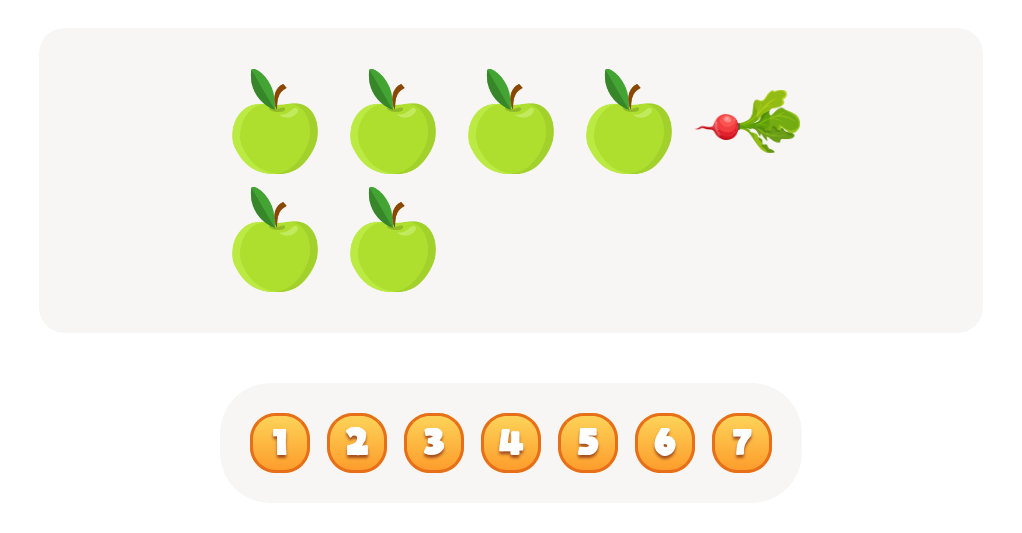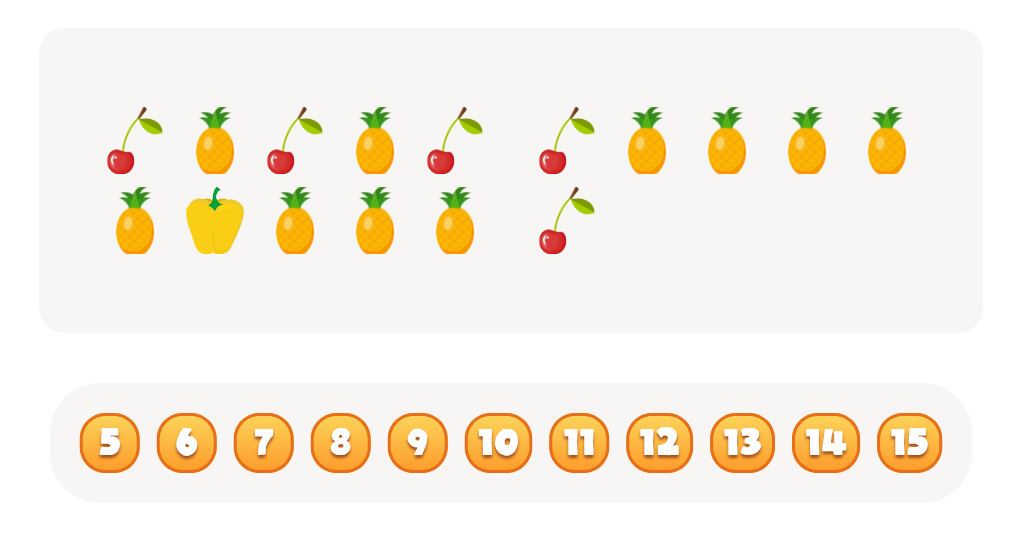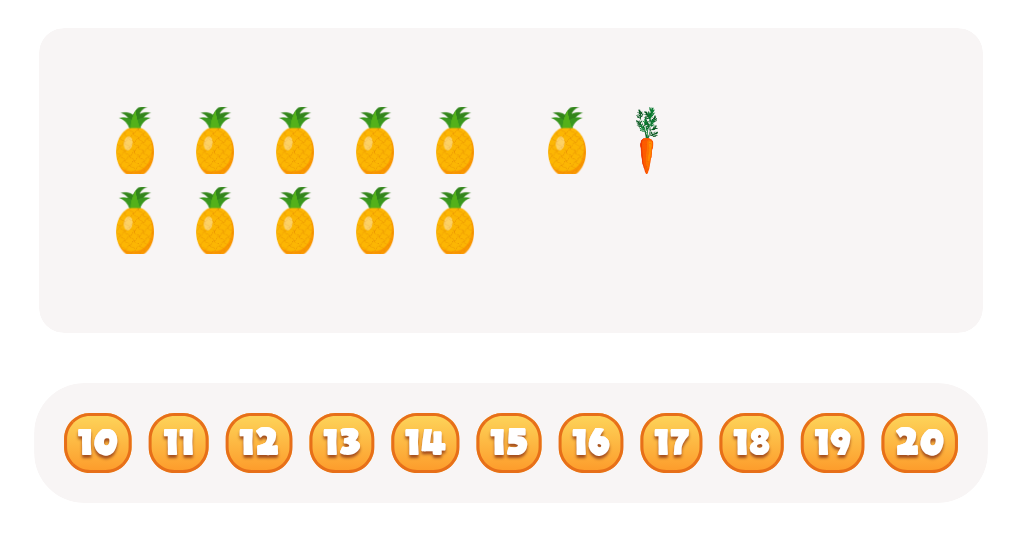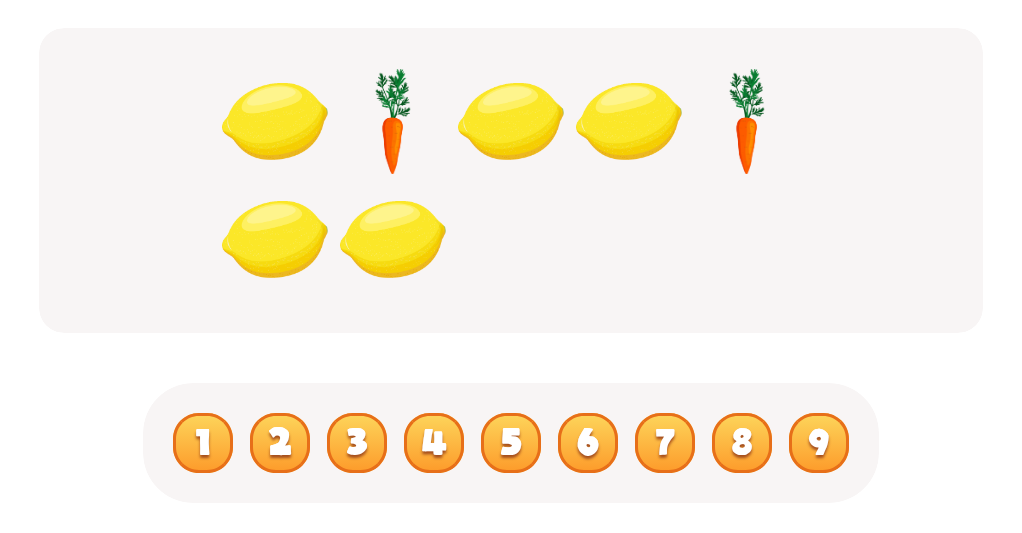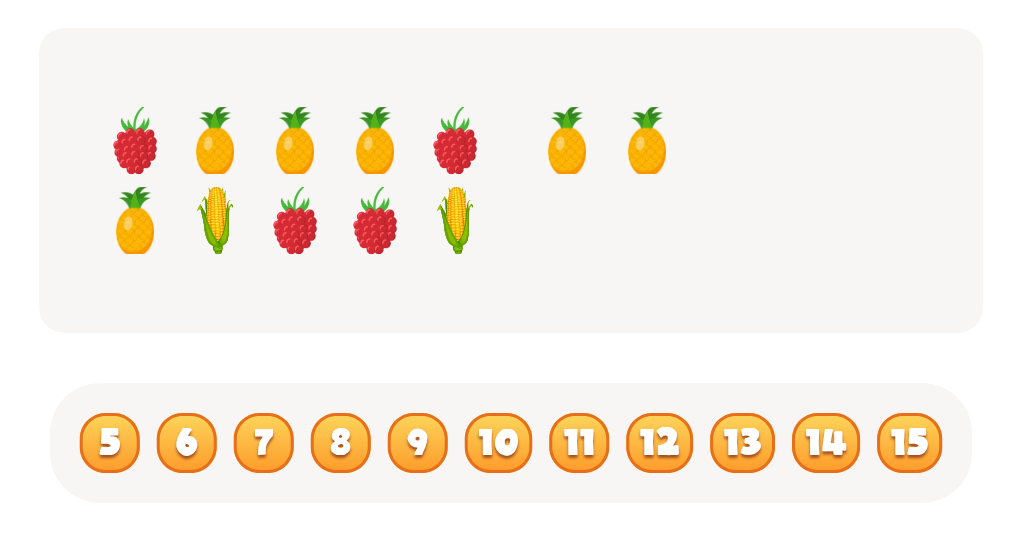Understanding ecosystems Normal Plants and Animals Worksheets for Ages 3-8
4 filtered results
-
From - To
Explore our engaging "Understanding Ecosystems: Normal Plants and Animals Worksheets" designed for children aged 3-8. These worksheets introduce young learners to the fascinating world of ecosystems, emphasizing the vital relationships between plants and animals. Each worksheet features colorful illustrations and simple activities that promote critical thinking and observation skills. Kids will discover the roles of different species, how they interact within their habitats, and the importance of biodiversity. Perfect for both classroom and home use, these resources ensure a fun and informative journey into nature while fostering a love for science. Download now and inspire the next generation of environmental enthusiasts!


Ecosystems: Assessment 1 Worksheet
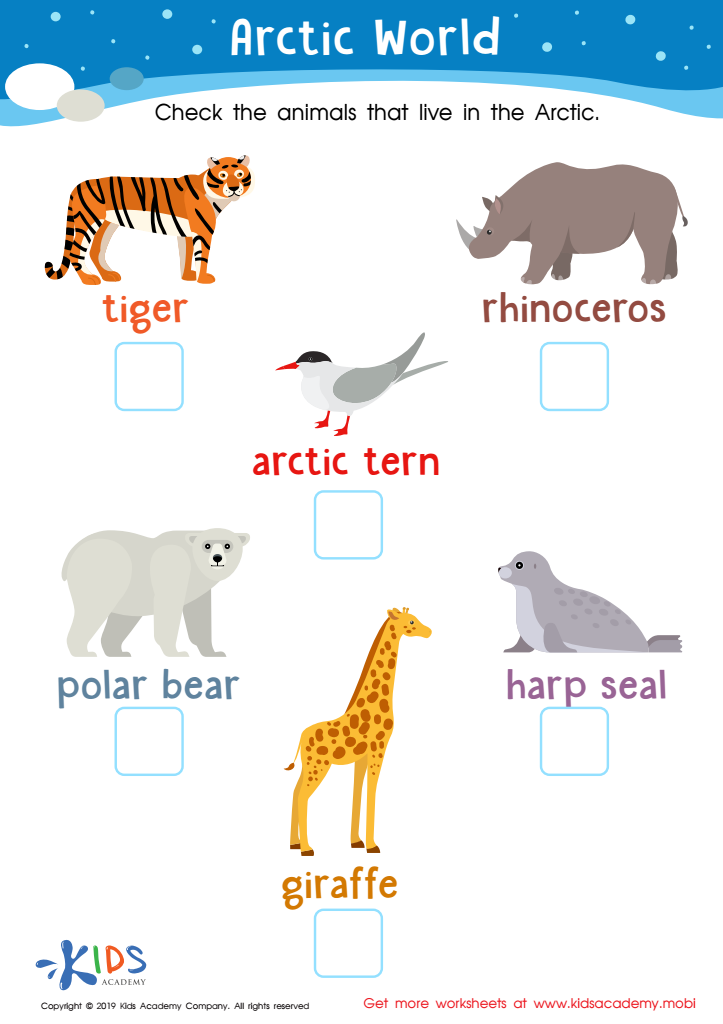

Arctic World Worksheet
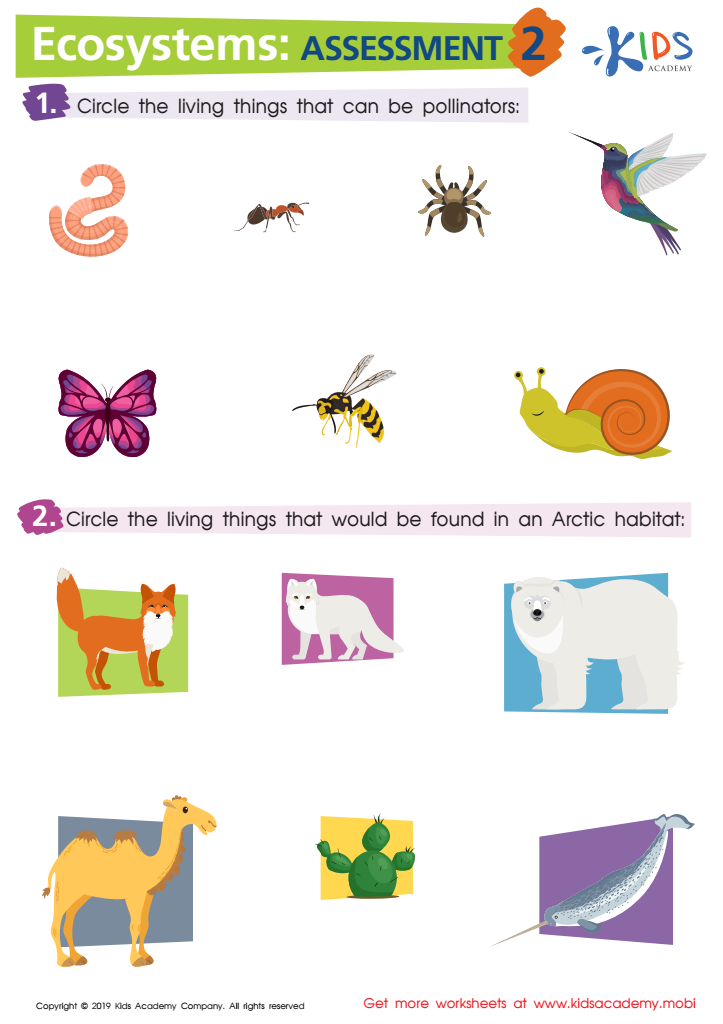

Ecosystems: Assessment 2 Worksheet


Water World Worksheet
Understanding ecosystems and the normal interaction of plants and animals is crucial for parents and teachers of children aged 3-8, as it lays the foundation for environmental awareness and appreciation from a young age. By engaging children in learning about ecosystems, caregivers help foster curiosity and empathy towards nature, encouraging them to observe, explore, and ask questions about the world around them.
This understanding supports cognitive development by enhancing critical thinking, problem-solving, and observational skills, which are vital at this formative age. Furthermore, learning about the interconnectedness of plants and animals instills a sense of responsibility and stewardship in young learners, teaching them that every organism plays a unique role in maintaining the balance of their environment.
Additionally, incorporating nature-related activities and discussions can enhance social skills and cooperation, as children often work together to explore and understand their surroundings. By nurturing their instinct to discover, parents and teachers help raise a generation that values biodiversity and is motivated to protect it. Engaging children with ecosystems not only aids in their academic growth but also cultivates lifelong learners who can contribute positively to their communities and the planet.
 Assign to My Students
Assign to My Students

